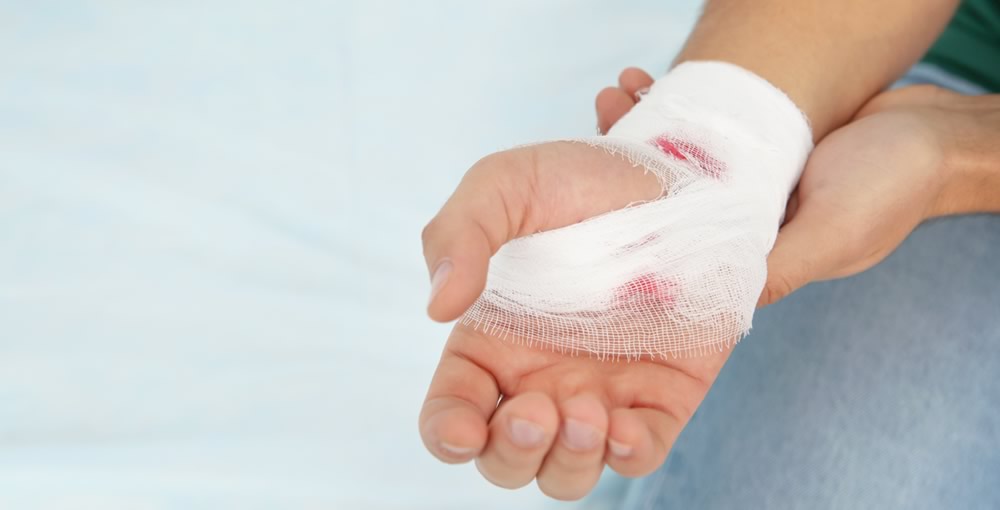Reliable sources of information about How Do You Know If You Need Stitches , all presented in this article for you.

How Do You Know If You Need Stitches
I was playing in the backyard when I fell and scraped my knee. It was bleeding pretty badly, and my mom said I might need stitches. I wasn’t sure what that meant, but I was scared. The doctor cleaned my wound and put some numbing medicine on it. Then he used a needle and thread to sew it up. It didn’t hurt as much as I thought it would, but it was still a little scary. After the doctor was finished, he put a bandage on it and told me to keep it clean and dry.
I’m glad I got stitches. My knee healed quickly, and there’s barely a scar. I’m not sure what would have happened if I hadn’t gotten stitches, but I’m grateful that I did.
Deciding If You Need Stitches
If you have a cut that is deep, bleeding heavily, or gaping open, you may need stitches. Stitches help to close the wound and keep it clean, which promotes healing. They also reduce the risk of infection and scarring.
There are a few factors to consider when deciding if you need stitches. First, look at the size and depth of the wound. If the wound is more than 1/2 inch deep or 1/2 inch long, you will likely need stitches. Second, consider the location of the wound. Wounds on the face, hands, or feet are more likely to need stitches than wounds on other parts of the body. Third, think about the type of wound. Cuts that are caused by sharp objects are more likely to need stitches than cuts that are caused by blunt objects.
When to Seek Medical Attention
If you have a wound that is deep, bleeding heavily, or gaping open, you should seek medical attention immediately. You should also seek medical attention if you have a wound that is on the face, hands, or feet, or if the wound is caused by a sharp object.
If you are not sure if you need stitches, it is always best to err on the side of caution and seek medical attention. Stitches can help to prevent infection and scarring, and they can promote healing.
How Stitches Are Done
Stitches are typically done in a doctor’s office or emergency room. The doctor will first clean the wound and numb the area around it. Then, the doctor will use a needle and thread to sew the wound closed. The number of stitches needed will depend on the size and location of the wound.
After the stitches are in place, the doctor will cover the wound with a bandage. The bandage will help to keep the wound clean and dry, and it will also help to protect the stitches. The doctor will give you instructions on how to care for the wound and when to return for a follow-up appointment.
Tips for Caring for Stitches
Here are a few tips for caring for stitches:
- Keep the wound clean and dry.
- Change the bandage as directed by your doctor.
- Avoid strenuous activity that could put stress on the wound.
- Take pain medication as directed by your doctor.
- See your doctor for a follow-up appointment as scheduled.
If you follow these tips, you can help to ensure that your wound heals quickly and without complications.
Expert Advice on Stitches
Here is some expert advice on stitches from Dr. David Katz, a board-certified plastic surgeon:
- “Stitches are a good way to close a wound and promote healing. They can also help to prevent infection and scarring.”
- “If you have a wound that is deep, bleeding heavily, or gaping open, you should seek medical attention immediately.”
- “Stitches are typically done in a doctor’s office or emergency room. The doctor will first clean the wound and numb the area around it.”
- “The number of stitches needed will depend on the size and location of the wound.”
- “After the stitches are in place, the doctor will cover the wound with a bandage.”
- “It is important to keep the wound clean and dry, and to avoid strenuous activity that could put stress on the wound.”
By following Dr. Katz’s advice, you can help to ensure that your wound heals quickly and without complications.
FAQ on Stitches
Here are some frequently asked questions about stitches:
- Q: How long do stitches stay in?
- A: Stitches typically stay in for 7 to 10 days.
- Q: Do stitches hurt?
- A: Stitches can be uncomfortable, but they should not be painful. If you are experiencing pain, you should contact your doctor.
- Q: Can I get stitches removed at home?
- A: No, stitches should only be removed by a doctor or nurse.
- Q: What happens if I don’t get stitches?
- A: If you don’t get stitches, your wound may take longer to heal and you may be more likely to develop an infection or scar.
If you have any other questions about stitches, please consult with your doctor.
Conclusion
Stitches are a common way to close wounds and promote healing. They can help to prevent infection and scarring, and they can also improve the appearance of the wound.
If you have a wound that is deep, bleeding heavily, or gaping open, you should seek medical attention immediately. Your doctor will be able to assess the wound and determine if you need stitches.
By following the tips in this article, you can help to ensure that your wound heals quickly and without complications.

Image: universityhealthnews.com
You have read an article about How Do You Know If You Need Stitches . Thank you for visiting our website and taking the time to read. We hope you benefit from How Do You Know If You Need Stitches .